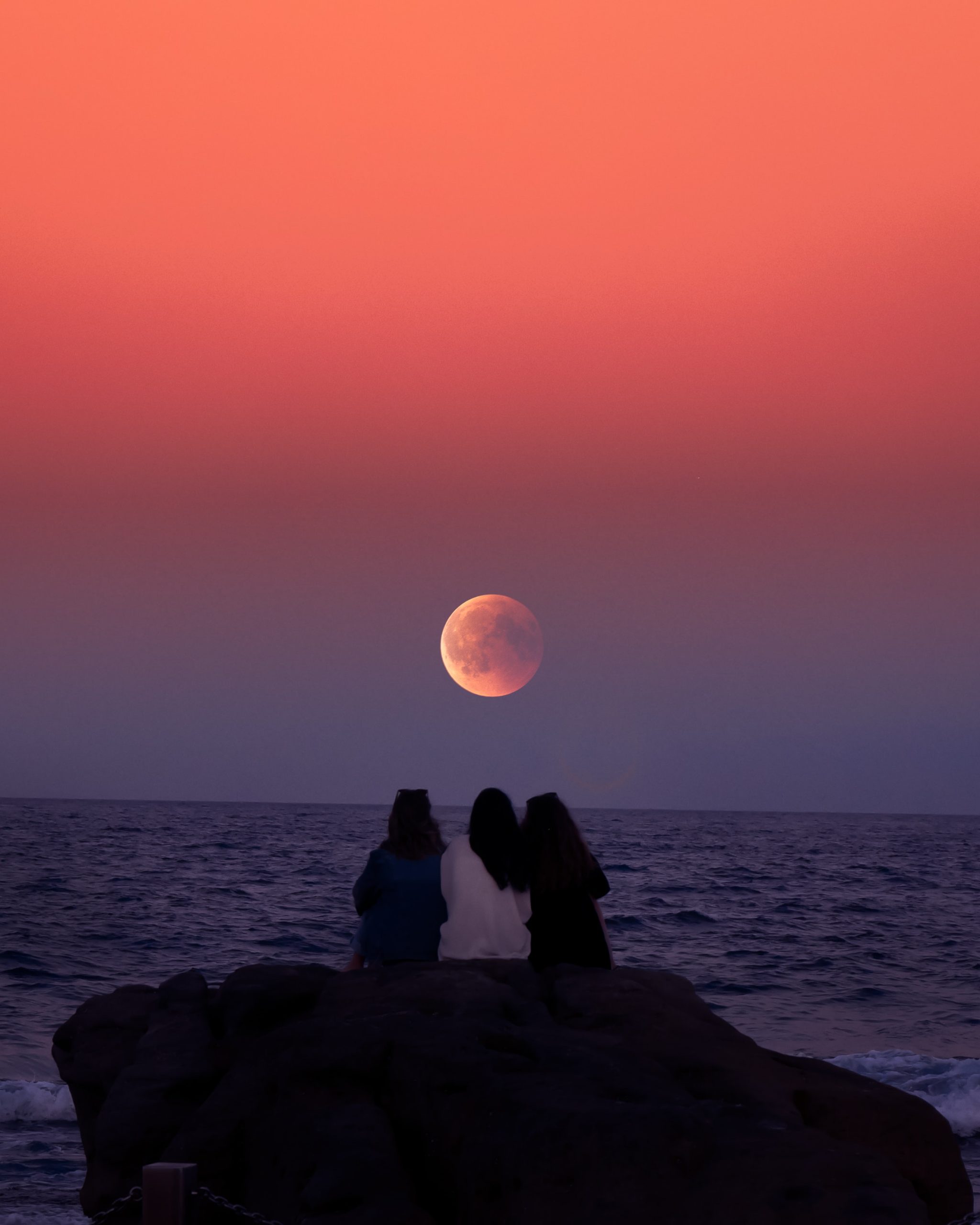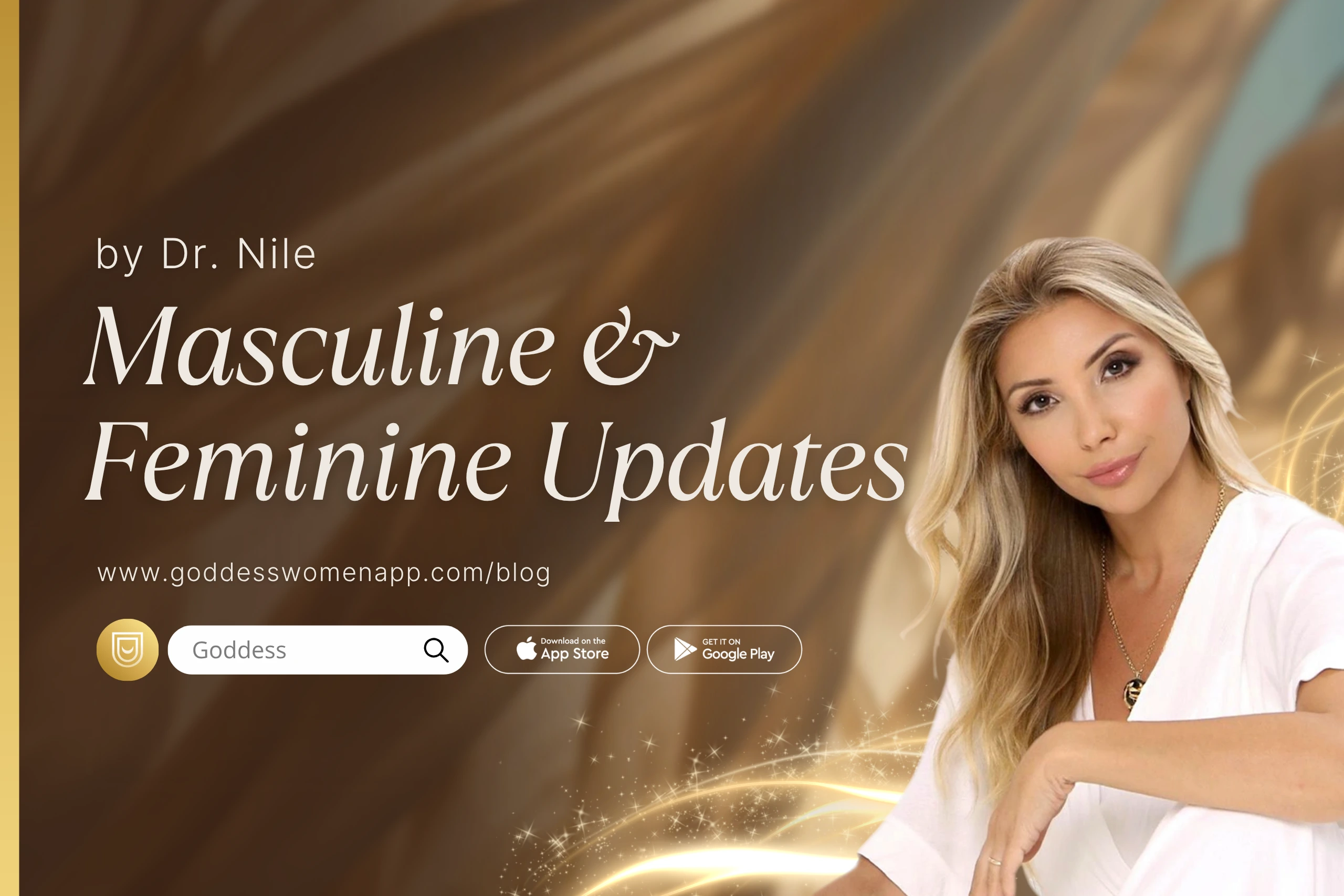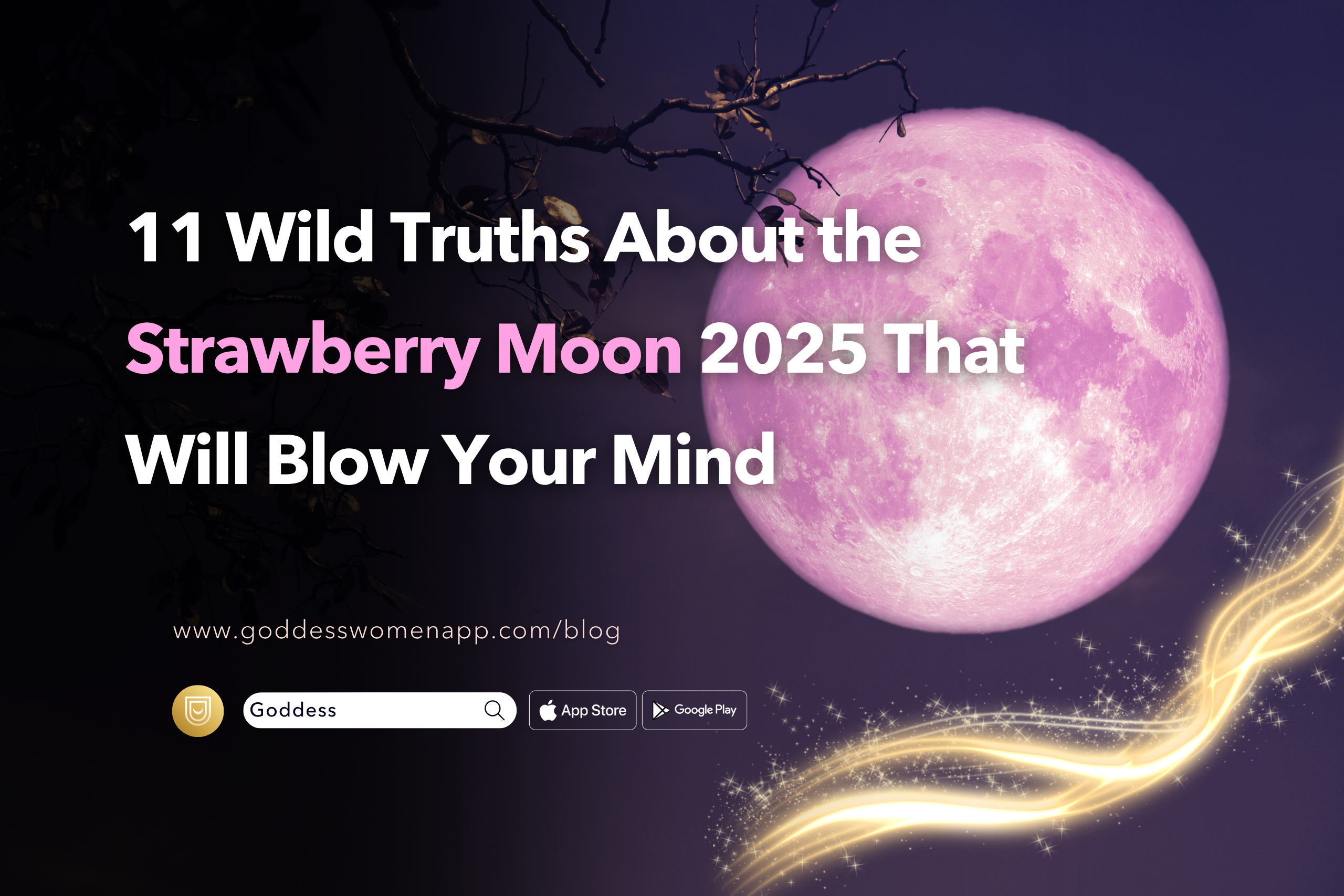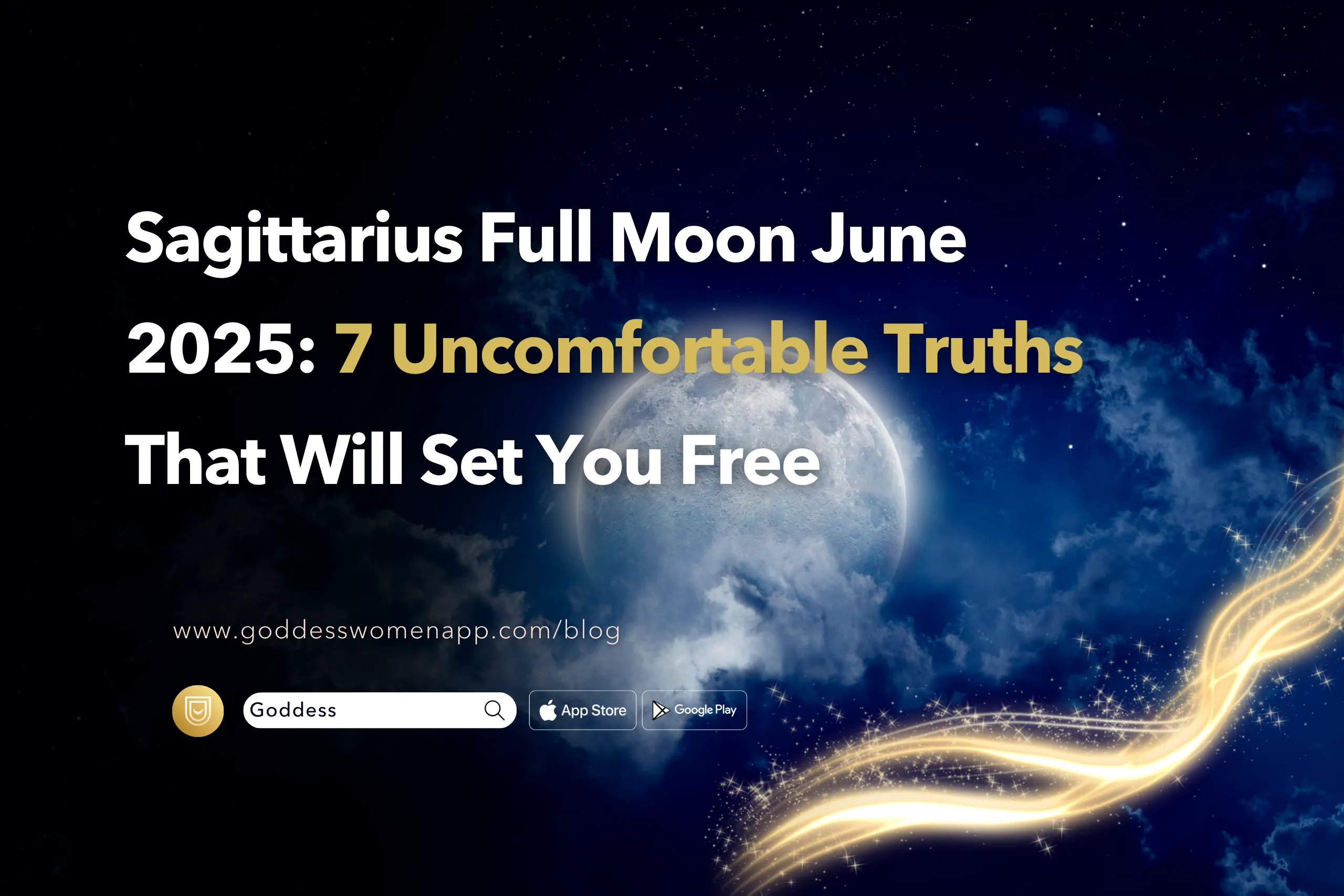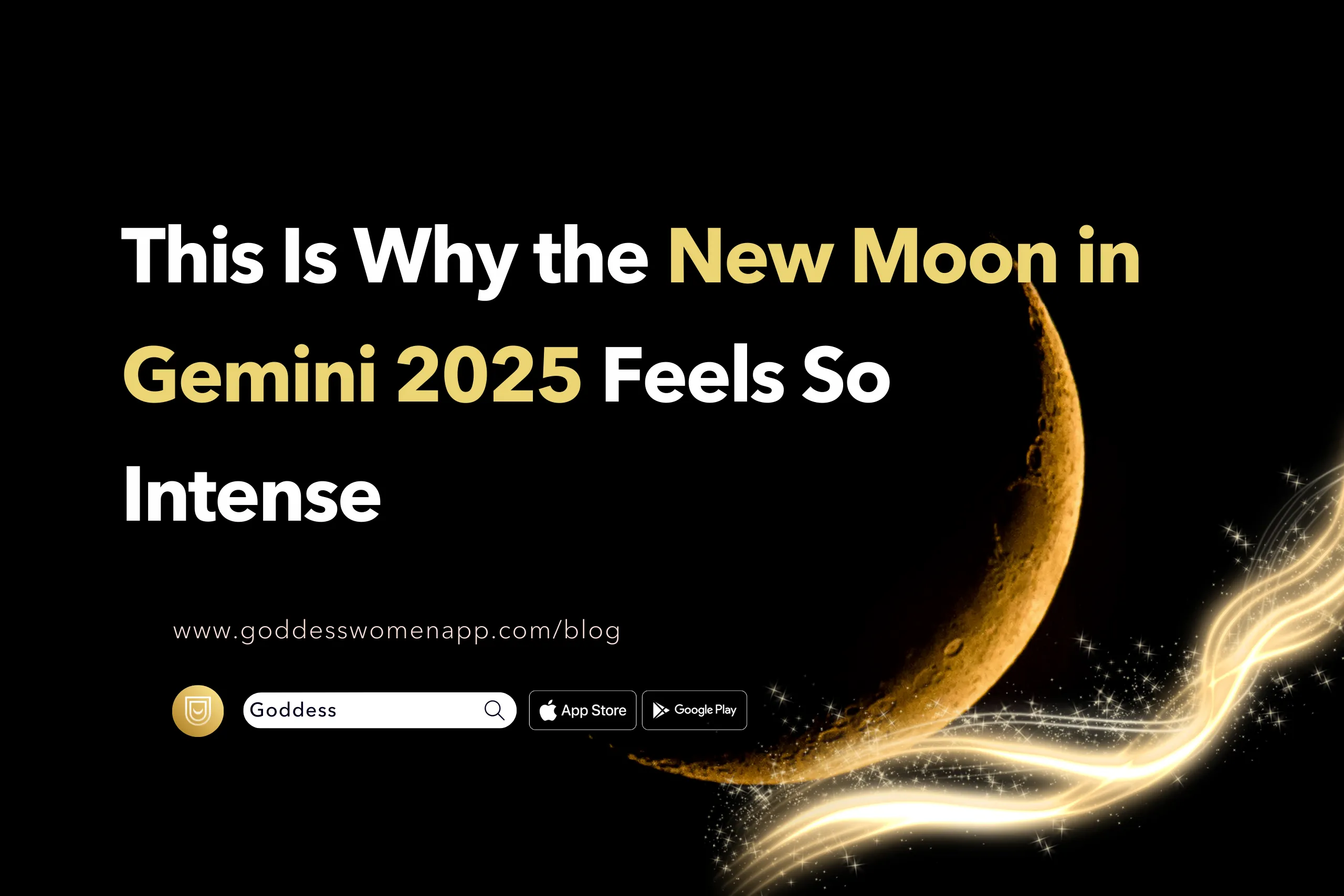Table of Contents
The celestial bodies have always captured our imagination, inspiring myths, legends, and cultural narratives. Among these luminous entities, the moon stands out as a symbol of mystery, change, and emotion. Across the ages and civilizations, the moon’s connection to women has been an intriguing and profound aspect of human history. In this journey through time, we’ll delve into how the moon’s presence has intertwined with the essence of womanhood, from ancient myths to modern practices.

Myths and Legends: A Universal Thread
The moon’s influence on cultures is evident through its presence in myths and legends across the globe. In ancient Greek mythology, the moon was associated with the goddess Selene, who rode a silver chariot across the night sky. Meanwhile, the Inuit people of North America told tales of Malina, a lunar deity embodying the changing phases of the moon. These stories reflected not only the moon’s physical changes but also its metaphorical connection to the cycles of women.
Ancient Times: The Sacred Connection
In many ancient cultures, the moon was regarded as a symbol of fertility and creation. In ancient Egypt, the lunar goddess Isis was seen as the protector of women and children. In Mesopotamia, the moon goddess Sin was revered for her nurturing qualities, paralleling the nurturing roles of women in society. The lunar calendar used in various ancient civilizations was often intricately connected to agricultural and feminine cycles.

Middle Ages and Renaissance: Symbolism and Alchemy
As society evolved, so did the moon’s symbolic significance. In the Middle Ages, the moon’s cycles were tied to the concept of purity and change, much like the cyclical nature of women’s bodies. The Renaissance saw an increased fascination with alchemy and mysticism, further cementing the moon’s connection to transformation and hidden depths—qualities often associated with the feminine.
Modern Times: The Moon’s Influence Persists
With the advent of science and rationalism, the mystical aspects of the moon took a backseat, but its symbolic ties to women endured. The moon’s gravitational pull was linked to the menstrual cycle, sparking discussions on the synchronization of lunar and biological rhythms. The moon’s connection to water, attributed to its gravitational influence on tides, was extended to women’s emotional ebb and flow.

Living by Lunar Cycles: A Holistic Approach
In recent times, interest in holistic living has led to a revival of lunar practices for women. Advocates of these practices believe that aligning daily routines with the moon’s phases can lead to better well-being. Living in sync with the moon’s cycles may encourage women to honor their own rhythms and self-care, just as the moon waxes and wanes.
Benefits of Embracing Lunar Cycles
- Menstrual Cycle Awareness: Tracking menstrual cycles alongside lunar phases can help women better understand their bodies and emotions, fostering self-awareness and self-care.
- Synchronicity with Nature: Embracing lunar cycles reconnects women with nature’s rhythms, promoting a sense of harmony and balance.
- Intent Setting and Manifestation: Following the moon’s cycles can be a powerful tool for setting intentions, visualizing goals, and manifesting positive changes.
- Rest and Renewal: Honoring the new moon phase can encourage rest and introspection, offering a space for renewal and rejuvenation.
- Meditation and Mindfulness: Meditating according to the moon’s phases can provide a unique framework for mindfulness, guiding women through periods of reflection, growth, and letting go.

The Moon’s Phases and Their Parallels to Women’s Menstruation
Amidst the celestial ballet of the moon, its phases cast an enchanting spell that closely mirrors the cycles of womanhood. Just as the moon waxes and wanes, women experience a rhythmic ebb and flow within their bodies. This exquisite parallel between lunar phases and menstrual cycles adds another layer of depth to the timeless connection between the moon and women.
New Moon: The Seed of Renewal
As the moon begins its cycle with the new moon, a sliver of light gradually emerges against the dark canvas of the night sky. This phase symbolizes fresh beginnings and the planting of seeds—a reflection of the menstrual cycle’s commencement. Similarly, the new moon mirrors the menstrual phase, where a woman’s body sheds its lining in preparation for a new cycle of fertility. Both moments encapsulate renewal, transformation, and the potential for growth.
Waxing Crescent to First Quarter: Building Energy
During the waxing crescent and first quarter phases, the moon’s illumination increases, casting a growing glow upon the world. This expansion of light mirrors the rising energy levels experienced by many women as they move through their menstrual phase towards ovulation. The connection is profound—a surge of vitality in both the lunar and female cycles, invoking a sense of empowerment and creative potential.
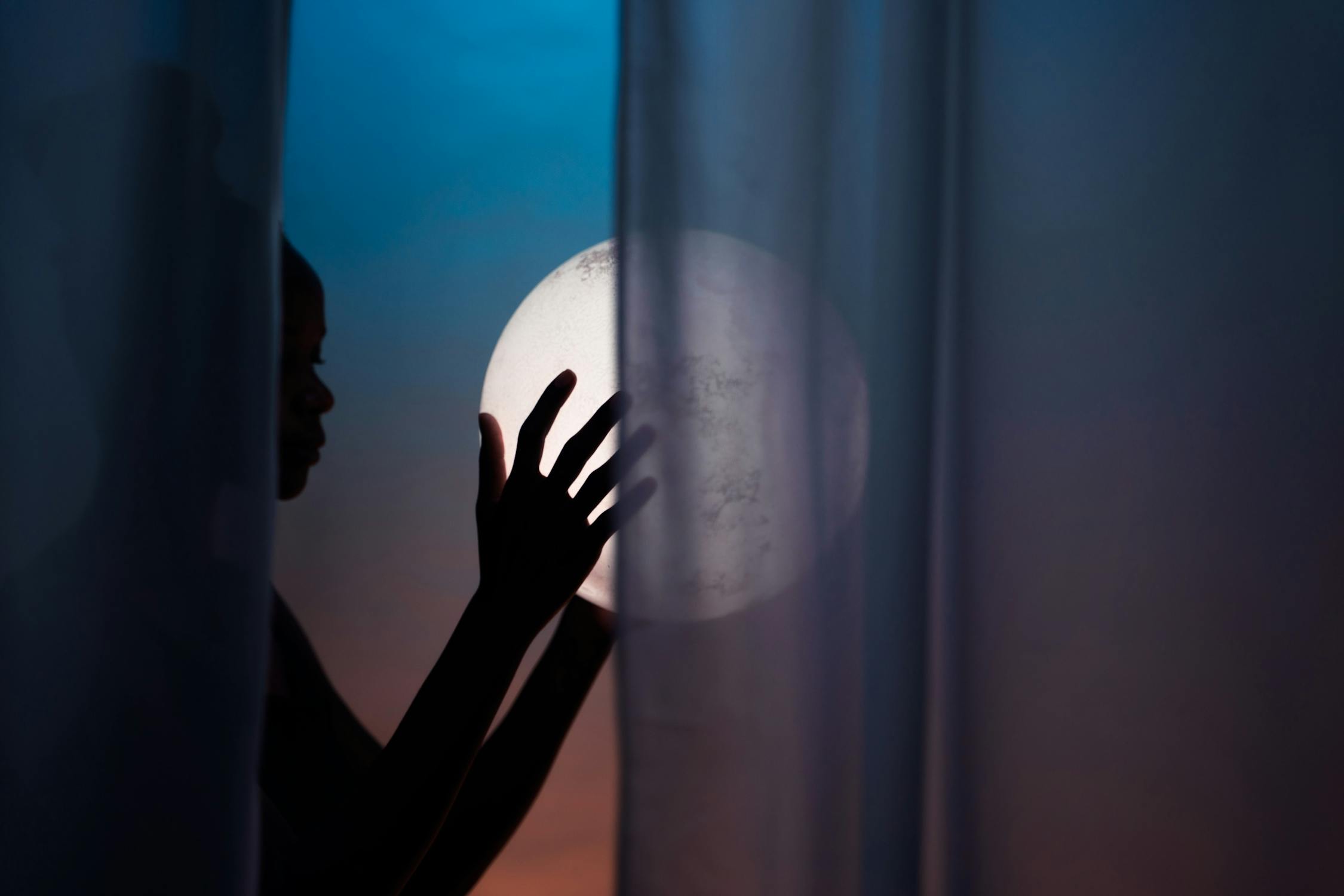
Full Moon: Radiance and Fullness
The full moon, with its luminous radiance, symbolizes the peak of the lunar cycle. This brilliance aligns with the peak of a woman’s fertility, as her body readies itself for the possibility of conception. The full moon’s fullness and brightness echo the woman’s elevated vitality and the harmony of her hormonal symphony. It’s a phase of celebration and culmination, both in the lunar and menstrual realms.
Waning Gibbous to Last Quarter: Releasing and Letting Go
During the waning gibbous and last quarter phases, the moon’s light gradually diminishes, and the night sky experiences a gentle fading. This parallels the waning phase of a woman’s menstrual cycle, where hormonal activity decreases, leading to the release of the uterine lining. Just as the moon releases its light, women release any physical and emotional burdens, letting go of what no longer serves them. This phase emphasizes introspection, cleansing, and the transformative power of release.
Dark Moon: Embracing Stillness
The dark moon, also known as the new moon, marks the culmination of the lunar cycle before the cycle begins anew. This phase mirrors the menstrual cycle’s end, as a woman’s body prepares to release the old and welcome the new. It’s a time of rest, inner reflection, and nurturing—a sacred space for replenishing energy, a practice deeply ingrained in women’s inherent connection to the moon.
Incorporating these lunar parallels into menstrual awareness enhances the understanding of the cyclic nature of both the cosmos and the feminine experience. By observing the moon’s phases alongside one’s menstrual cycle, women can deepen their connection with the celestial rhythms that echo within them. This harmony between the outer cosmos and inner biology offers a profound opportunity for self-discovery, empowerment, and embracing the intricate dance that unites the moon and women in a timeless embrace.
The relationship between the moon and women is an age-old connection that has evolved through myths, cultures, and time. As humanity journeyed from ancient beliefs to modern practices, the moon’s symbolism and significance in women’s lives have persisted, serving as a reminder of the sacred dance between the celestial and the human. Whether through ancient goddesses, medieval symbolism, modern holistic practices, or meditative mindfulness, the moon continues to illuminate the path to understanding and embracing the intricate tapestry of womanhood.

